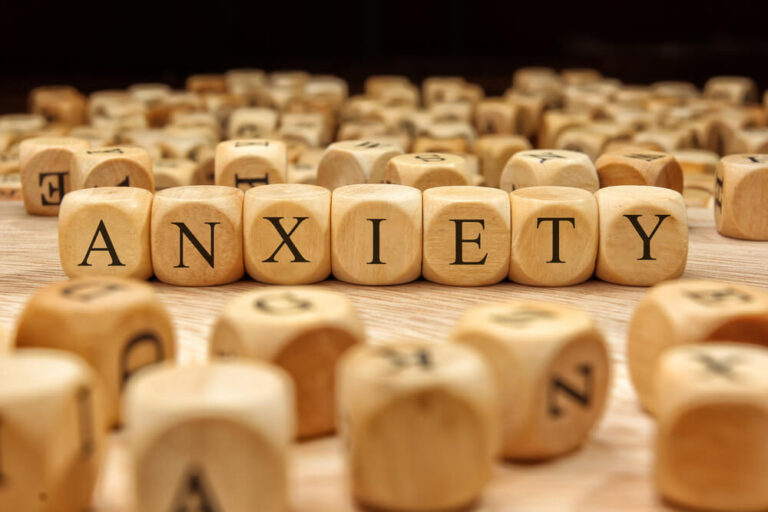
While experiencing feelings of anxiety from time to time is normal, these emotions, when they become extreme and start interfering with everyday activities can be symptoms of an anxiety disorder. The Anxiety and Depression Association of America defines anxiety disorders as specific psychiatric disorders that involve extreme fear or worry, including generalized anxiety disorder (GAD), agoraphobia, social anxiety disorder, selective mutism, separation anxiety disorder, and phobias.
Anxiety disorders are the most common mental disorders in the United States. Anxiety symptoms vary across individuals, but include both psychological and physical reactions to anticipation of a threat. It is estimated that only about 40% of those suffering from an anxiety disorder receive treatment, even though the disorders are highly treatable.
Anxiety disorders are psychiatric disorders that involve a dysregulation of the body’s stress response. They differ from one another in terms of what exactly provokes the fear, anxiety, avoidance, and associated cognitive symptoms, and what type of impact they have.
People with generalized anxiety disorder (GAD) experience excessive anxiety and worry most days for at least six consecutive months. Anxious thinking can be focused on a number of circumstances, including work, relationships, and personal health.
In people with GAD, these thoughts and associated anxiety symptoms are often so persistent and overwhelming that they cause serious disruptions to everyday life and social interactions.
Other symptoms of GAD include those commonly associated with anxiety: restlessness, irritability, fatigue, and trouble sleeping.
People who have panic disorder experience repeated, unexpected panic attacks. The National Institute of Mental Health characterizes panic attacks as an abrupt surge of intense fear or discomfort that often involves a fear of disaster or of losing control even when there is no real danger. Panic attacks may result in heart racing, sweating, dizziness, and the feeling of having a heart attack.
Experiencing panic attacks can lead to a fear of panic attacks, which in turn can lead to social withdrawal and isolation. People with panic disorder may avoid places where they’ve previously experienced panic attacks
Social anxiety disorder, or social phobia, is about much more than being shy. People with this anxiety disorder experience extreme fear of being judged by others and are self-conscious in social interactions to the point of avoiding them. These feelings must persist for six months to be considered to be caused by social anxiety disorder.
People with this disorder may constantly worry about what will happen to their loved one or themselves when they are separated. Both children and adults can experience separation anxiety. When this fear of separation lasts for six or more months in adults and impairs relationships with others, it becomes a problem. Nightmares involving worst-case scenarios and physical symptoms of stress and anxiety can occur in people with this disorder.
Everybody experiences anxiety, but only some will develop an anxiety disorder that requires diagnosis, treatment, and follow-up.
Symptoms:
While each specific disorder comes with its own anxiety symptoms, there are tell-tale signs that anxiety is becoming unmanageable or is beginning to disrupt daily functioning.
Symptoms common to all anxiety disorders include:
